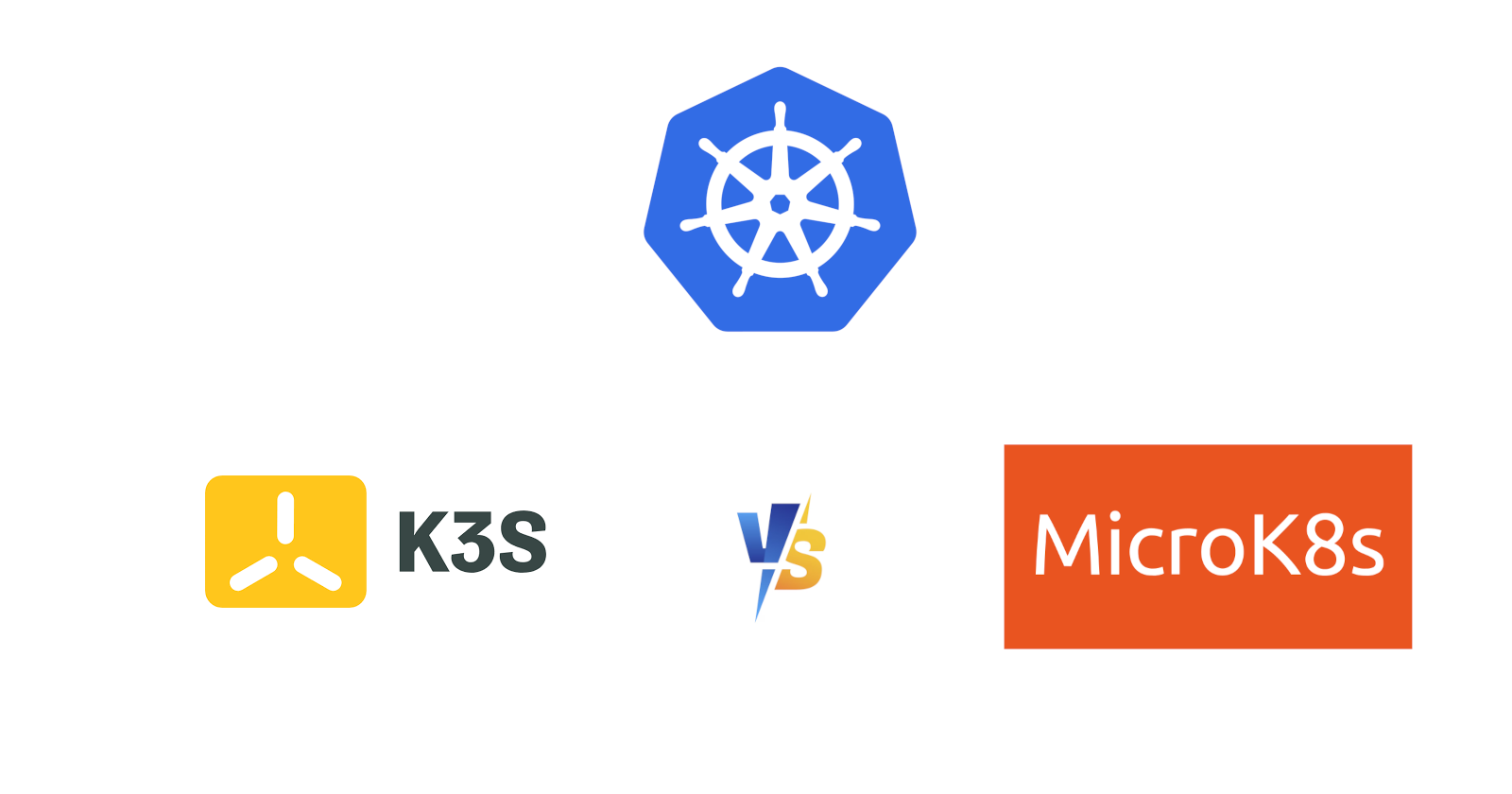Littleweight Kubernetes Club - K3s and MicroK8s
 Nikhil Akki
Nikhil Akki
Introduction
K3s is a lightweight, certified Kubernetes distribution designed for edge computing, IoT devices, and resource-constrained environments. Developed by Rancher Labs (now part of SUSE), K3s simplifies the Kubernetes experience by reducing the binary size and memory footprint while maintaining core functionality. It achieves this by removing non-essential features and replacing some components with more efficient alternatives. K3s is packaged as a single binary, making it easy to install and operate. It supports various architectures, including x86, ARM, and ARM64, making it versatile for different hardware configurations. K3s is particularly popular in edge computing scenarios where low resource consumption and ease of management are crucial.
MicroK8s is a lightweight, CNCF-certified Kubernetes distribution developed by Canonical, the company behind Ubuntu. It's designed to be a fast, easy-to-install, and low-ops Kubernetes solution for developers, IoT devices, and small-scale edge deployments. MicroK8s runs as a single package that can be installed on Linux, Windows, and macOS. It includes a curated set of add-ons that can be easily enabled or disabled, providing flexibility for various use cases. MicroK8s can operate in high-availability mode with multiple nodes and supports automatic updates, ensuring a production-ready Kubernetes experience. Its simplicity and low resource requirements make it an attractive option for both development and production environments.
Use cases
Edge Computing and IoT: Both K3s and MicroK8s are ideal for deploying Kubernetes at the edge, where resources are limited. They enable running containerized applications on IoT devices, remote locations, or in environments with constrained hardware.
Development and Testing: These lightweight distributions are perfect for developers who need a quick, local Kubernetes environment. They allow for rapid prototyping, testing, and development of containerized applications without the overhead of a full-scale Kubernetes cluster.
CI/CD Pipelines: K3s and MicroK8s can be integrated into continuous integration and deployment pipelines. Their small footprint and quick startup times make them suitable for running automated tests and deployments in resource-efficient environments.
Small to Medium-sized Production Deployments: For organizations with modest workloads, both distributions offer production-ready Kubernetes capabilities. They provide a cost-effective solution for running containerized applications in small to medium-sized clusters without sacrificing essential features.
Learning and Training: Due to their simplicity and ease of setup, K3s and MicroK8s are excellent tools for individuals learning Kubernetes. They provide a full-featured Kubernetes experience that's less overwhelming for beginners and ideal for educational purposes.
Installation Instructions
K3s Installation:
For Linux:
curl -sfL https://get.k3s.io | sh -For other operating systems and advanced options, refer to the official documentation: https://docs.k3s.io/installation
MicroK8s Installation:
For Ubuntu:
sudo snap install microk8s --classicFor other operating systems and installation methods, check the official guide: https://microk8s.io/docs/getting-started
Comparison K3s vs MicroK8s
| Feature | K3s | MicroK8s |
| Developer | Rancher Labs (SUSE) | Canonical |
| Package Size | ~60 MB | ~200 MB |
| Supported Architectures | x86, ARM, ARM64 | x86, ARM, ARM64 |
| Add-ons Management | Manually installed | Built-in add-ons system |
| High Availability | Supported | Supported |
| Installation Method | Single binary | Snap package |
| Primary OS Support | Linux | Linux, Windows, macOS |
Conclusion
Both K3s and MicroK8s offer compelling solutions for lightweight Kubernetes deployments, each with its strengths. K3s excels in minimalism and is particularly well-suited for edge computing and IoT scenarios due to its smaller footprint. MicroK8s, on the other hand, provides a more integrated experience with its add-ons system and broader OS support, making it attractive for developers and small-scale production environments. The choice between the two often depends on specific use cases, existing infrastructure, and personal preferences. Both distributions have active communities and are continuously evolving, ensuring that users have access to robust, lightweight Kubernetes solutions for various deployment scenarios.
Image attributions
Subscribe to my newsletter
Read articles from Nikhil Akki directly inside your inbox. Subscribe to the newsletter, and don't miss out.
Written by

Nikhil Akki
Nikhil Akki
I am a Full Stack Solution Architect at Deloitte LLP. I help build production grade web applications on major public clouds - AWS, GCP and Azure.